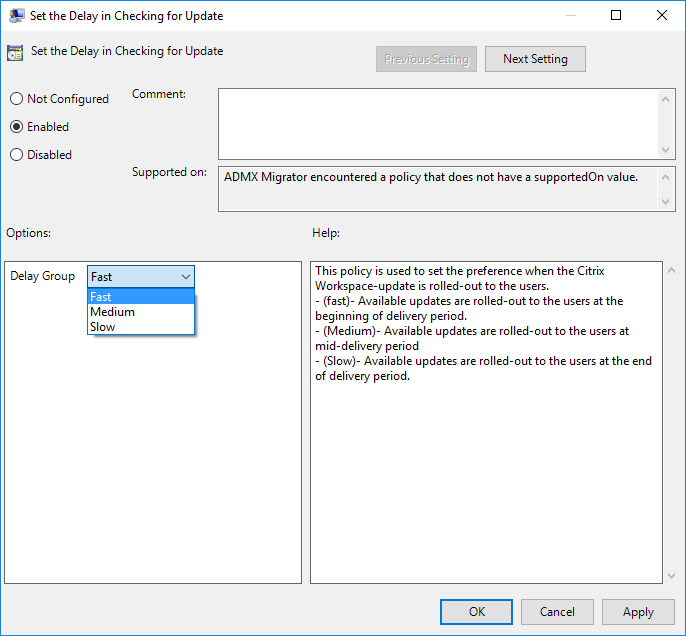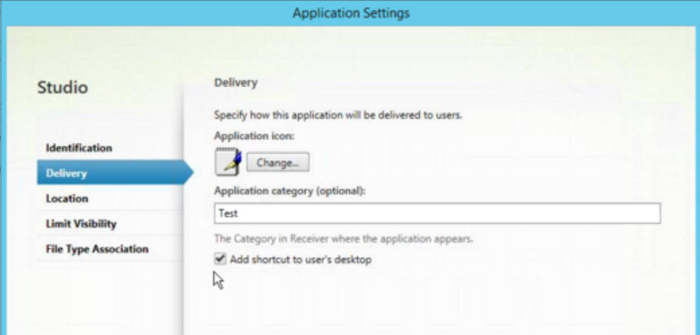

The code below copes with both cases, and is suitable for web and native clients.įunction setDynamicContent(txtFile, element) How do I make the click-through disclaimer box have scrollable content? A good time for this sort of action is beforeDisplayHomeScreen (but if you want to display content on the login page, then use beforeLogin instead). If we call too soon, then this can cause problems in native receivers, because the script runs before the configuration has been fully loaded.

Then we arrange for this to be called at a suitable point. We use the \customweb directory because it gets copied across all servers in a cluster (just like the \custom directory) but it doesn’t get downloaded and cached. html examples above, and the custom page can contain text, or a HTML snippet. This is easier than it sounds.įirst, we define a useful utility function to fetch the content from a page in the \customweb directory on the server, and to add it to the page. Instead we need to do an ajax call to dynamically load the content and insert it into the page. That means if you use the above example for something like service status you will not get what you intended. Web browsers like to cache things when they can, but native receivers always cache the UI, and always load the previously cached UI. How do I add a dynamic header to the login page in Receiver for Web?īy dynamic, we mean some content that is loaded and displayed every time, rather than being cached. (The fourth example needs an image called logo.png in the custom directory). $(‘.customAuthFooter’).html(“Example four – bottom of login screen”)

$(‘.customAuthBottom’).html(“Example three – below login box”) $(‘.customAuthTop’).html(“Example two – above login box”) $(‘.customAuthHeader’).html(“Example one – top of login screen”) For example replace the four lines in script.js with theses: If you want to use html, rather than plain text that is just fine too. To make them more obvious, add the following styling to custom.css $('.customAuthFooter').html("Example four - bottom of login screen") $('.customAuthBottom').html("Example three - below login box") $('.customAuthTop').html("Example two - above login box") $('.customAuthHeader').html("Example one - top of login screen") For something that changes, such as a news message or server status, use the dynamic example below.įor simple text try the following javascript: This sets 4 lines of text, delete the lines you don’t want Static text here means something like a welcome message, or a company name. The javascript should always be added to the custom\script.js file – for example C:\inetpub\How do I add a static header to the login page in Receiver for Web? Hope it is useful!įor each question, I’ve provided some explaination together with some javascript and/or css examples. This post is a ‘cookbook’ of customization queries and requests that I’ve had since the release of StoreFront 3.0, together with some worked examples. Citrix Virtual Apps & Desktops Standard for Azure.Citrix Content Collaboration (ShareFile).Citrix App Delivery and Security Service.


 0 kommentar(er)
0 kommentar(er)
